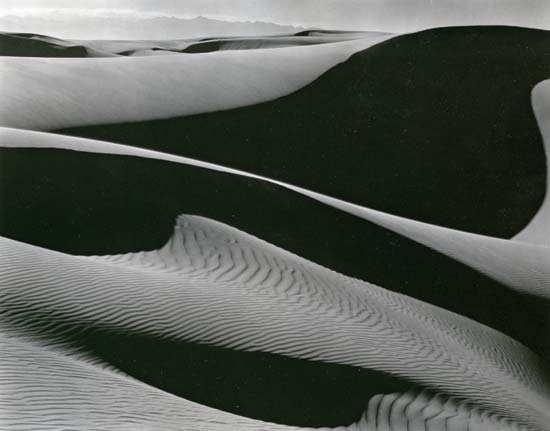
Biography
20th-century American photographer Edward Weston was born on 24th March, 1886 and died on the 1st of January, 1958. He has been called one of the most innovative and influential American photographers and one of the masters of 20th century photography. Over the course of his 40-year career Weston photographed an increasingly expansive set of subjects, including landscapes, still lifes, nudes, portraits, genre scenes and even whimsical parodies. It is said that he developed a quintessentially American, and specially Californian, approach to modern photography because of his focus on the people and places of the American West. In 1937 Weston was the first photographer to receive a Guggenheim Fellowship, and over the next two years he produced nearly 1,400 negatives using his 8 × 10 view camera. Some of his most famous photographs were taken of the trees and rocks at Point Lobos, California, near where he lived for many years. Weston was born in Chicago and moved to California when he was 21. He knew he wanted to be a photographer from an early age, and initially his work was typical of the soft focus pictorialism that was popular at the time. Within a few years, however, he abandoned that style and went on to be one of the foremost champions of highly detailed photographic images. In 1947 he was diagnosed with Parkinson’s disease and he stopped photographing soon thereafter. He spent the remaining ten years of his life overseeing the printing of more than 1,000 of his most famous images.
Image Analysis

Edward weston seems to capture similar imags to those of Ansel adams however there are differences to Westons work which makes his work sometimes more harsh. In particular in this image you can see that hisimage dont have as big of a tonal range as ansel adams images do. Although Weston images are massively contrasting between light and dark his images mainly create this by the use of very dark tones of black almost pure black and then grey tones. This shows us that Weston does not follow the zone system created by Adams. Edward weston in my opinion shows romanticism and what the eyes sees in a different yet still beautiful and captivating way, he uses the use of patterns and lines which lea us around the imag and almost take us on a colouring. It is almost as he uses each curved line in this image as a different section and tone of grey or black. The ripples throughou show consistency through the image which makes it appealing to look at and gives the image the calmness and natural beauty of romanticism images.
